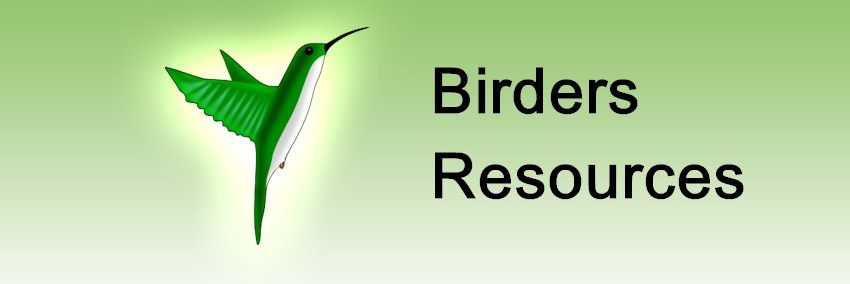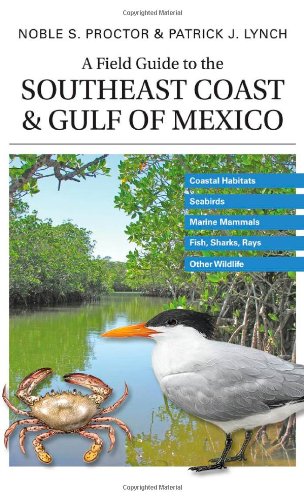This superb book, with its unique focus on the entire marine coastal environment, is the most comprehensive and up-to-date field guide available on the southeastern Atlantic Coast and the Gulf Coast. Not just for beachgoers, the book is essential for birders, whale watchers, fishers, boaters, scuba divers and snorkelers, and shoreline visitors.
Features of the guide:
Entries on 619 coastal and ocean species More than 1,100 color illustrations 450 up-to-date range maps Overviews of key ecological communities, including mangroves, salt marshes, beaches, sand dunes, and coral reefs Special attention to threatened and endangered species Discussions of environmental issues, including such catastrophic events as Hurricane Katrina and the Deepwater Horizon blowout Glossary Excellent organizational aids for locating information quickly





This book makes you want to go out and find the ghost crab As an ecologist, I routinely have to wade through heavy, dry reference books. When I went on vacation, I wanted to understand the local ecosystems, but didn’t want to turn it into work. This book was perfect.
The North Atlantic Field Guide’s Companion When I discovered the Filed Guide to North Atlantic Wildlife, I wondered if there was a companion guide out there that covered from where the North Atlantic Field Guide left off. That is, from essentially Norfolk, VA all the way down to the Gulf Coast and past the Florida Keys. After a little research, I came to find this book, which is exactly that!
I appreciate to book’s readability and excellent illustrations. I found the index frustrating I appreciate to book’s readability and excellent illustrations. I found the index frustrating, however; for instance, the fish we have always locally called “redfish” or “channel bass” — the red drum — was only located by googling the familiar names first. And the snook (robalo) doesn’t seem to be included at all. A small crab I collected cannot be identified in these pages, nor does the book satisfy me about the tiny shrimp in our local manatee grass. I like the book for…